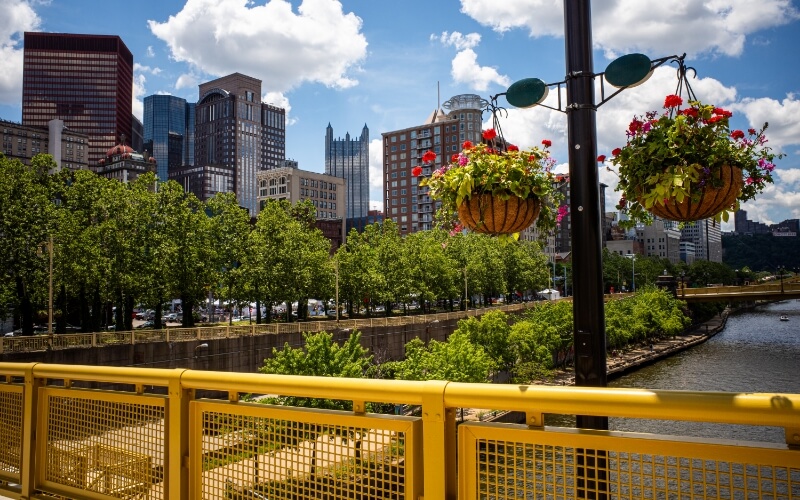AC Maintenance: Why You Cannot Neglect It in West Mifflin
August 29th, 2011Especially if you have just purchased a new air conditioning system for your West Mifflin home, maintenance is probably the last thing you are thinking about. In fact, if you are like most people, you do not think about your air conditioning system at all until it does not work when you need it.

